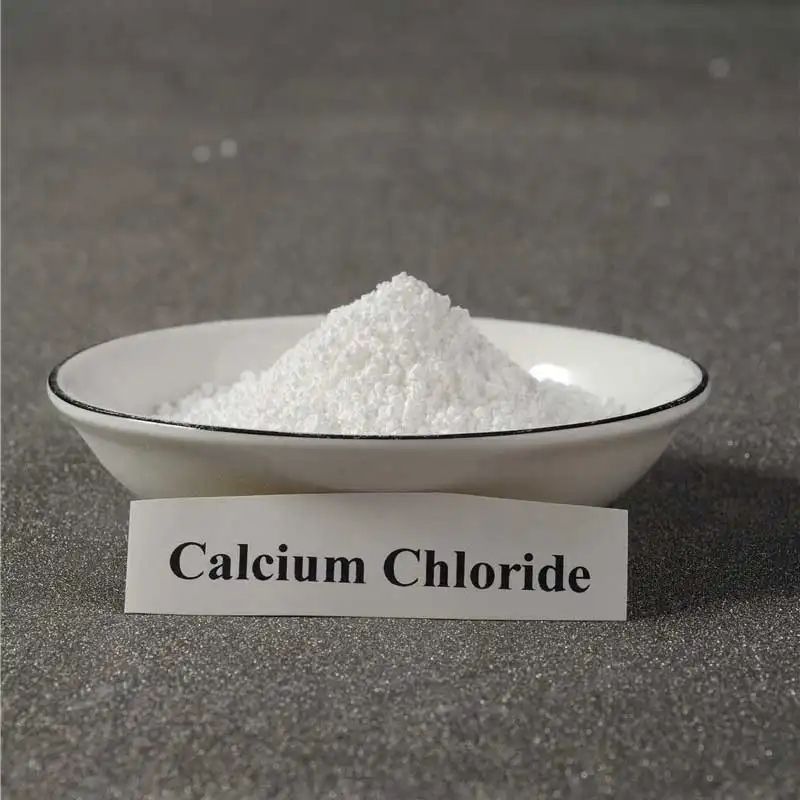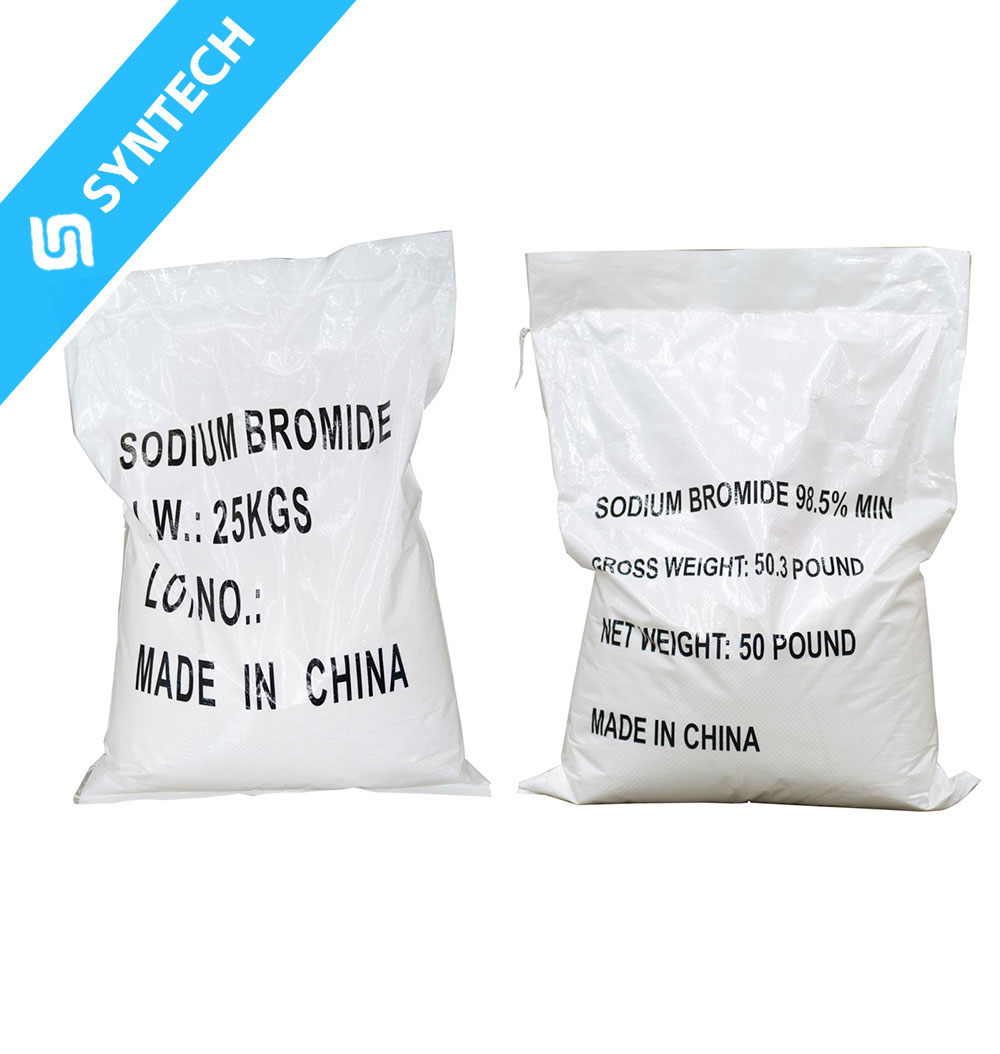Introduction to SMAS
Sodium methylallyl sulfonate (SMAS), chemically known as *2-methyl-2-propene-1-sulfonic acid sodium salt* (CAS No: 1561-92-8), is a white crystalline powder highly soluble in water and minimally in organic solvents. Its molecular formula is C₄H₉NaO₃S, and it is widely utilized as a reactive comonomer in synthetic fiber production, particularly in polyacrylonitrile (PAN) fibers, where it introduces sulfonate groups (-SO₃Na) into the polymer backbone.
SMAS as a Third Comonomer in Polyacrylonitrile Fibers
In acrylic fiber (polyacrylonitrile) synthesis, SMAS acts as the third comonomer, alongside acrylonitrile (AN) and other monomers like methyl acrylate.
- Its incorporation aims to modify the chemical structure of the fiber by introducing sulfonate groups, which enhance the fiber’s affinity for dyes.
- Without SMAS, polyacrylonitrile fibers exhibit limited dyeability due to their inert and hydrophobic nature. The sulfonate groups provide ionic sites that allow for dye molecules to attach effectively.
- This modification not only improves dye absorption but also contributes to better thermal stability, elasticity, and spinnability of the fiber.
Mechanism of Dyeability Improvement
The incorporation of SMAS enhances dyeability through the following mechanisms:
- Creation of Dye Sites: The sulfonate groups in SMAS offer cationic dye sites, enabling ionic bonding with oppositely charged dye molecules (e.g., cationic dyes). This results in higher dye uptake, improved color fastness, and vibrant shades.
- Enhanced Diffusion: The modified fiber structure allows dyes to penetrate more efficiently, reducing dyeing time and energy consumption.
- Stability Under Processing: SMAS helps maintain fiber integrity during high-temperature dyeing, minimizing degradation.
Table: Key Properties of SMAS-Modified Polyacrylonitrile Fibers
| Property | Improvement Due to SMAS |
|---|---|
| Dye Absorption | Higher uptake of cationic dyes |
| Color Fastness | Improved wash and light fastness |
| Fiber Elasticity | Enhanced stretch and recovery |
| Thermal Resistance | Better stability at high temperatures |
| Spinnability | Improved fiber formation process |
Comparative Advantages and Industrial Significance
- Domestic Production Breakthrough: Historically, SMAS was imported, but advancements in its synthesis (e.g., mother liquor circulation) have enabled local production with a 91% yield, reducing costs and import dependency.
- Environmental and Economic Benefits: By facilitating efficient dye uptake, SMAS reduces the need for excessive dyes and energy, aligning with sustainable textile production goals.
- Competitive Quality: SMAS-derived fibers match international standards, enabling import substitution and export potential.
Other Applications of SMAS
Beyond dye improvement, SMAS is also used in:
- Water Treatment: As a copolymer in絮凝剂 for impurity aggregation.
- Construction: As a plasticizer retention agent in cement.
- Electronics: In single-ion comb-shaped electrolyte membranes for batteries.
- Soil Conditioning: Enhances fertilizer adsorption in agriculture.
Research and Development Trends
Studies continue to explore SMAS optimization:
- Polymerization Techniques: Research focuses on maximizing SMAS integration into PAN chains for uniform dyeing.
- Alternative Dyeing Methods: Gel dyeing and in-situ coloration of PAN polymers are being developed to further reduce environmental impact.
- Combined Modifications: Using SMAS with other comonomers to achieve multifunctional fibers with superior mechanical and dyeing properties.
Conclusion
Sodium methylallyl sulfonate (SMAS) is indispensable in producing high-quality dyable polyacrylonitrile fibers. By introducing sulfonate groups, it enables vibrant, durable coloration while enhancing fiber performance. Ongoing research and industrial adoption of SMAS underscore its critical role in advancing sustainable and efficient textile manufacturing.






